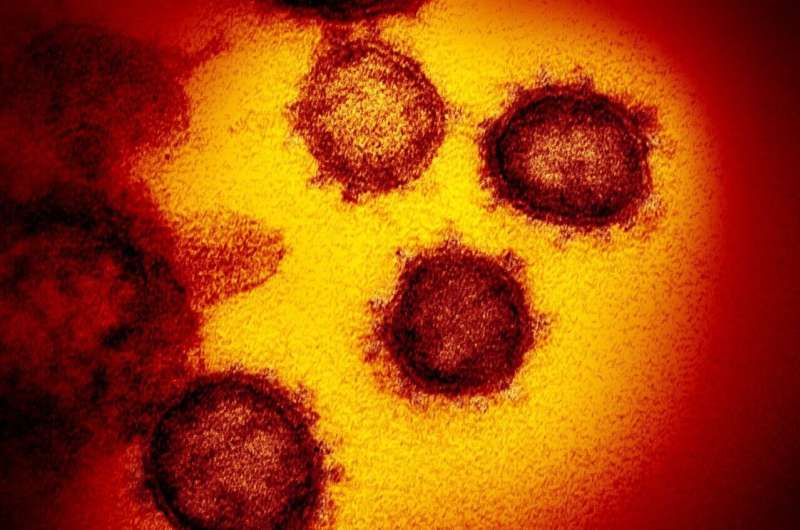albendazole 2 5


How common COVID-19 is among infants may depend on the degree of the pandemic virus circulating in a community, a new study finds.
Published online June 30 in the journal Pediatrics, the study found specifically that rates of the infection with the virus that causes COVID-19 were higher among infants hospitalized, not for COVID-19—but instead because they were being evaluated for a potential serious bacterial infection (SBI) – during periods of high COVID-19 circulation in New York City. The study also found rates of COVID-19 positivity in this age group were lower when infection rates in the city were low.
Led by researchers from NYU Langone Health, the study also examined the clinical course of the infection in young infants and found that the most common presentation of COVID-19 was a fever without other symptoms.
“Enhancing our knowledge of how COVID-19 infection affects young infants is important for informing clinical practice, generic chloroquine nz without prescription and for planning public health measures such as vaccination distribution,” says Vanessa N. Raabe, MD, assistant professor in NYU Langone’s Departments of Medicine and Pediatrics, in the Division of Pediatric Infectious Diseases, and one of the study’s principal investigators.
New York City was the early epicenter of COVID-19 in the United States, with more than 190,000 reported infections during the peak of the NYC epidemic between March and May in 2020. Three percent of the reported cases were in children under 18 years of age, although these numbers may underestimate the true incidence given the lack of adequate testing. Most children infected with the disease were asymptomatic or had mild symptoms. However, cases of severe illness have been reported and some reports suggest young infants may be at higher risk for severe disease than older children.
Young babies are often treated with antibiotics in the hospital when they run a fever until doctors can make sure they don’t have a serious bacterial infection, such as meningitis or a bloodstream infection, say the study authors.
“Because fever is a common symptom of COVID-19 in children, clinicians must consider COVID-19 as a potential cause of fever and not solely rely on laboratory or imaging results to guide decision-making on whether or not to test hospitalized infants for COVID-19,” says Dr. Raabe.
The current study analyzed data from infants less than 90 days of age admitted for SBI evaluation at NYU Langone Health hospitals and NYC Health + Hospitals/Bellevue Hospital between March and December 2020. Among 148 infants, 15 percent tested positive for COVID-19, and two of the 22 infants with COVID-19 required ICU admission, but were discharged safely. Specifically, the team found that only 3 percent of infants tested positive during periods of low community circulation, compared to 31 percent in communities with high infection rates.
The team also found a relatively low incidence (six percent) of infection of the hospitalized infants with other commonly occurring viruses, whether or not they had COVID-19. “This likely reflects community-wide decreases in other respiratory viruses reported in New York during the study period due to enhanced infection control practices, like social distancing and mask wearing, at the height of the pandemic,” says Raabe.
The researchers recommend clinicians continue to assess young infants that present with fevers for bacterial infections, regardless of the COVID-19 status, and given the potential severe consequences if not treated.
Source: Read Full Article